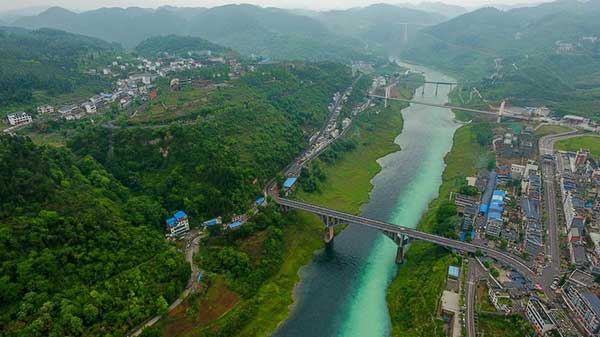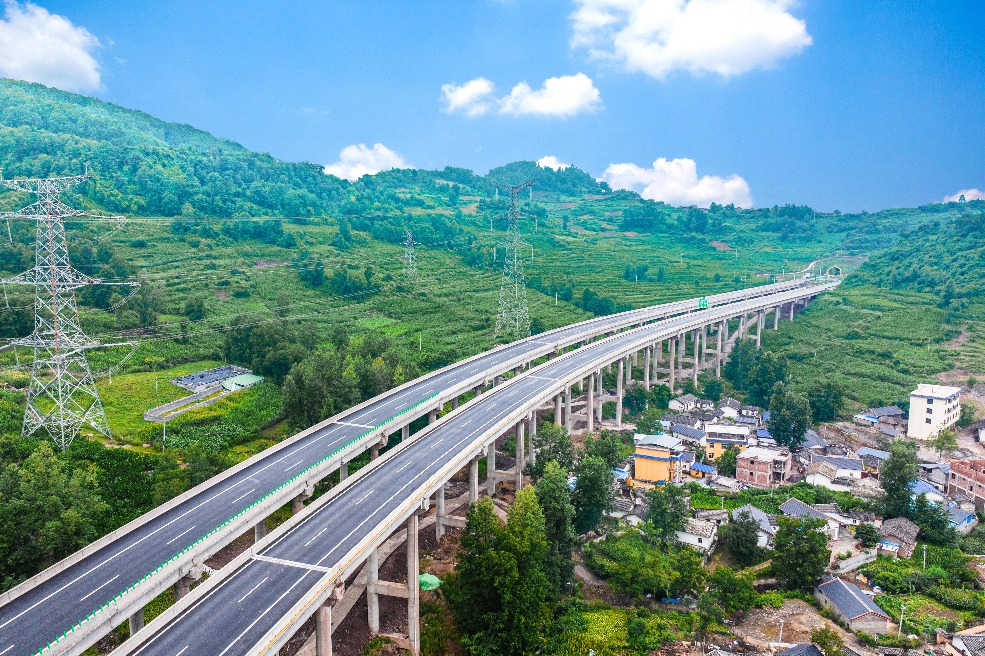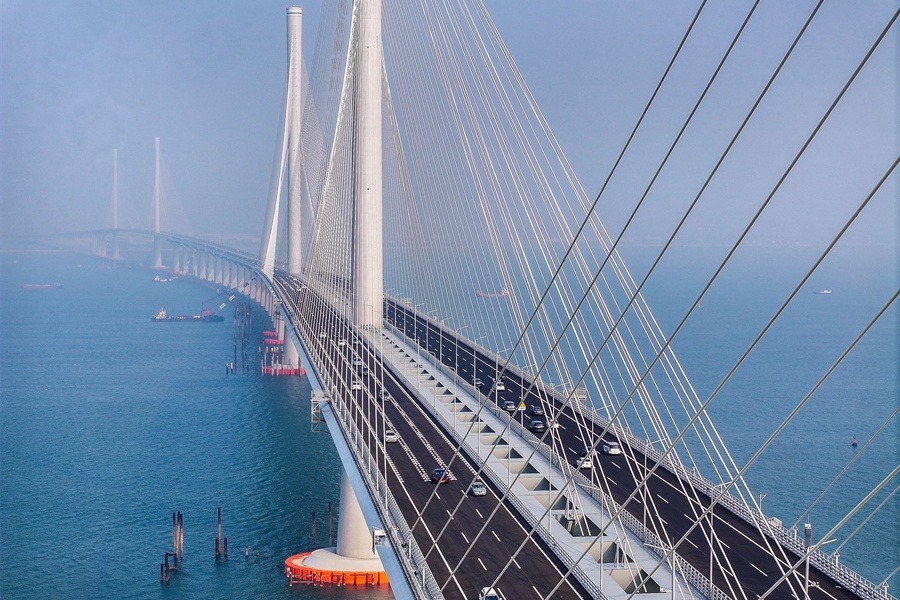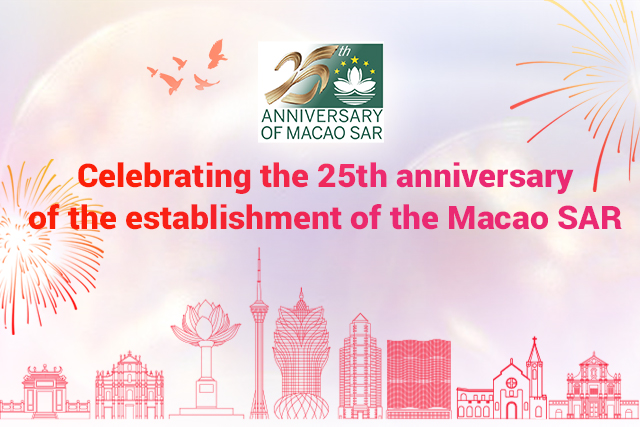Boosting Yangtze belt's economic power
By An Shuwei | China Daily | Updated: 2018-03-19 07:40

Photo taken on May 3, 2017 shows the Chaotianmen wharf in Southwest China's Chongqing municipality.The Yangtze, the world's third-longest river, runs through nine Chinese provinces and two municipalities, covering 2.05 million square km. The Yangtze River Economic Belt, which accounts for more than 40 percent of both the national population and GDP, is a new growth engine for the country, reducing the development gap between east, central and western regions.[Photo/Xinhua]
In the Government Work Report he delivered to the National People's Congress on March 5, Premier Li Keqiang highlighted the importance of implementing coordinated regional development and the new urbanization strategy, citing the Yangtze Economic Belt as an example, and promised that further progress would be made in these areas.
The Yangtze Economic Belt covers 11 provinces and municipalities along the Yangtze River-including Shanghai and Chongqing municipalities, and Zhejiang and Yunnan provinces-covering an area of about 2.05 million square kilometers. The city clusters in the Yangtze River Delta area, the middle reaches of the river, and the Chengdu-Chongqing area are three major growth poles along the Yangtze Economic Belt. The region is of great significance in terms of ecology, and still has huge development potential.
The Yangtze River Delta city cluster, which has 26 cities and a population of about 152 million, is at the convergence zone of the 21st Century Maritime Silk Road and the Yangtze Economic Belt, and boasts abundant resources and a sound urban system. The Yangtze River city cluster is the most developed, competitive and urbanized city cluster in China. It is also one of the six major world-class city clusters.
Still, the region has many problems to solve, such as the high population density in Shanghai's central urban area, low utilization rate of urban space and deteriorating environmental condition.
The Yangtze River city cluster is therefore promoting institutional innovation to establish a resource distribution center with high efficiency, and a market-oriented institutional system, in order to become a global-oriented economic zone. But it should also give priority to high value-added and advanced manufacturing industries to build a global center for modern service industries and advanced manufacturing.
Besides, it should carry out the Belt and Road programs, because by doing so it can more actively participate in international cooperation and higher-level competition, play a pioneering role in China's new round of reform and opening-up, and become the most important international gateway to the Asia-Pacific region.
The city cluster in the middle reaches of the Yangtze River comprises 31 cities with a population of about 129 million. It is a megacity cluster centered on the Wuhan city cluster, the city clusters surrounding the Changsha-Zhuzhou-Xiangtan city cluster and the Poyang Lake. The Yangtze River middle reaches city cluster has excellent transport infrastructure, strong economic power and further urbanization potential, which are the key reasons for its rise as an economic zone.
But the region still needs to improve the competitiveness of its cities and the coordinated development mechanism among the cities. To do so, the Yangtze River middle reaches city cluster should develop its advanced manufacturing industry, improve its modern service sector, cultivate strategic emerging industries and promote modern agriculture, in order to become a new growth pole that drives the development of China's central and western regions.
It should optimize its urban space distribution, increase its overall urban carrying capacity, and strengthen its cooperation with other regions including the Yangtze River Delta area, Pearl River Delta area and Chengdu-Chongqing area.
The Chengdu-Chongqing city cluster includes 27 districts in Chongqing and 15 in Sichuan province, and has a population of about 94 million. The city cluster enjoys a locational advantage and relatively high economic development level, which is important for the western region's development and strategic support of the Yangtze Economic Belt.
The challenges this region faces include increasing its low internal impetus, strengthening its weak innovation capacity and improving its infrastructure connectivity.
To meet these challenges the Chengdu-Chongqing city cluster should be built into a national-level city cluster which has the capability of driving the western region's development and opening-up. Efforts should also be made to develop it into a pilot innovation-driven region in the west, which would also act as a national urban-rural coordinated development reform pilot zone and a national ecological civilization demonstration zone.
The author is a professor of economics at Capital University of Economics and Business.
























